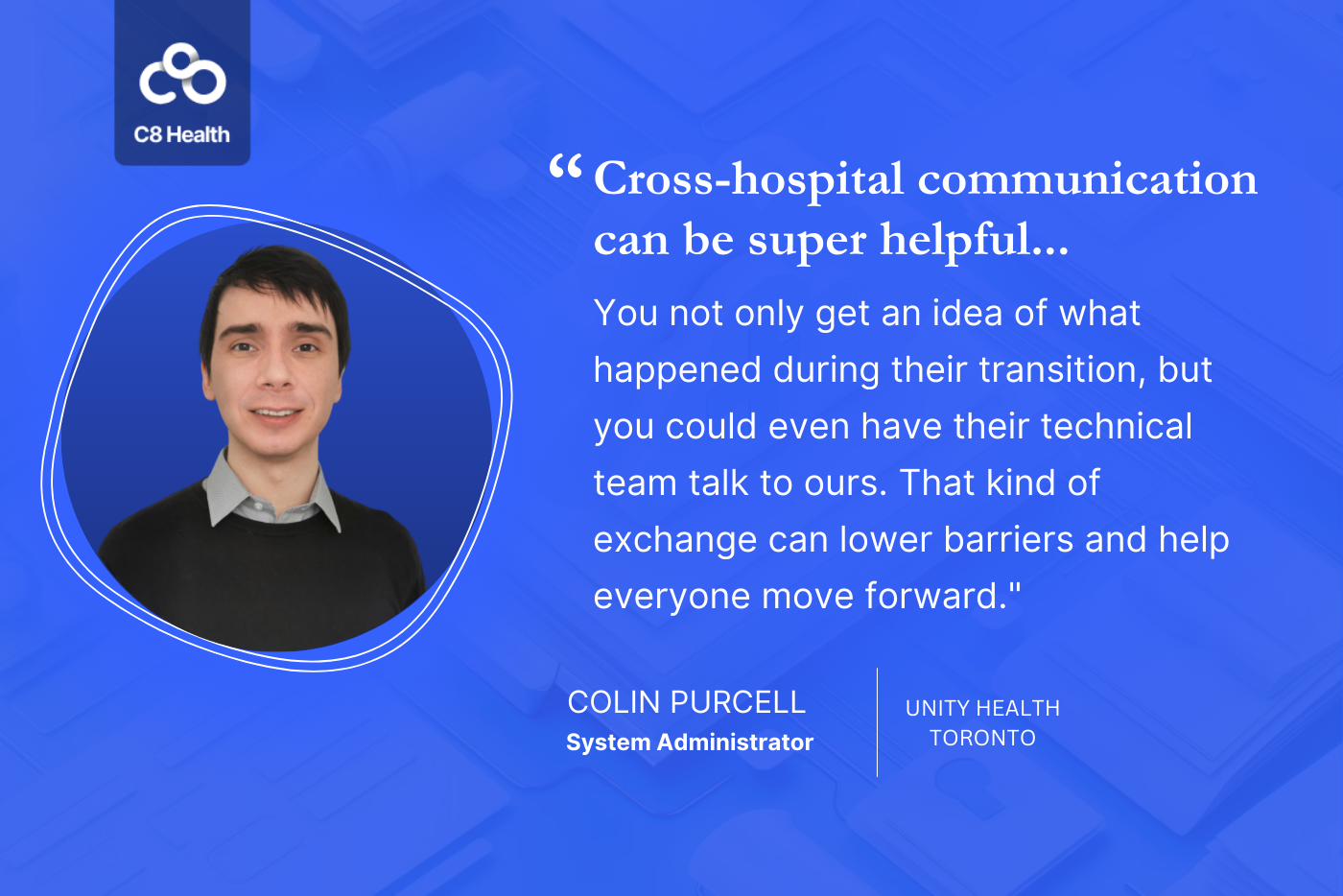Enhancing Staff Wellness Initiatives Through Seamless Communication Channels
It's time to silo silence. Here's how to enhance healthcare wellness initiatives for happier staff.


Mical DeBrow (Ph.D., RN) is a highly accomplished healthcare professional with a wealth of hands-on experience spanning various sectors of the industry. With a deep understanding of operations, policy implementation, and education in clinical settings, Mical brings a unique perspective to...
See Full BioLearn about our
Editorial PolicyPublished January 24, 2024.
With long hours, demanding workloads, and high-pressure environments, the healthcare sector is no stranger to burnout. And when your healthcare team is experiencing stress and burn out, you may find shortages in staff and a drop in the quality of patient care.
Effective communication is key for a cohesive and supportive work environment in these settings. It fosters trust, promotes transparency, and allows staff to access and use wellness resources effectively. Let's take a look at how seamless communication can have a positive impact on staff wellness initiatives.
» Keep staff burnout at bay with these essential solutions
Meet the Expert
Mical DeBrow is an accomplished healthcare leader and clinician with extensive expertise spanning pharma, healthcare payers and providers, and healthcare information technology.
The Need for Quick Access to Information in Healthcare
Nearly half of healthcare workers reported experiencing burnout in 2022, driven by the demanding nature of their work. This stark statistic underscores the urgency for effective wellness initiatives. Fortunately, research indicates that fostering an environment conducive to open conversations about mental well-being can make a significant difference.
Real-Time Updates
Healthcare professionals need up-to-date information at their fingertips. With hundreds of new drugs approved each year, it's a challenge to stay current. Electronic systems can help by delivering this crucial information right to the patient's side. Instead of searching through outdated books, nurses could have the latest drug and therapy information pushed to them. This real-time access reduces stress and feelings of being overwhelmed, allowing clinicians to react promptly and effectively.
To learn more about streamlined access to information, download our latest white paper.
Addressing Workplace Violence
Workplace violence is on the rise, and it's vital to tackle this issue head-on. De-escalation techniques can be a valuable tool for clinical staff dealing with aggressive situations. By focusing on supporting each staff member individually, we can foster a safer environment. Regularly reinforcing their role as a resource and enhancing their ability to handle challenging situations can make a significant difference. This approach not only addresses immediate concerns but also contributes to long-term staff wellness.
» Uncover the connection between staff wellness and productivity.
3 Ways to Enhance Wellness Initiatives
1. Creating Channels for Effective Support
It's no secret that in healthcare, asking for personal help can sometimes feel taboo. We need a wellness team, but linking it to human resources might do more harm than good.
Instead, let's have the wellness team come from the medical social work department. This way, we sidestep any fears of punishment or job-related risks.
We need a clear separation between wellness initiatives and job matters. It's like a "Chinese wall" that makes sure staff can ask for help without worrying about any backlash.
What about an anonymous chat with a neutral third party? It's a great option, especially for clinicians who work solo and want to decide how and when they get support. Anonymity means open, no-judgment conversations can happen. It's all about making support easy and stress-free.
2. Investing in Tech for Better Knowledge Access
Having access to adequate information in the healthcare setting is essential for emotional wellbeing. Technology can play a pivotal role in making information not only accessible but also reliable at the point of care.
C8 Health is a platform designed to improve the lives of clinicians. It's tailored for all health professionals and is steered by providers themselves. Here's how it enhances wellness initiatives:
- Easy access to information: Provides access to all relevant administrative, clinical, and practical knowledge.
- Real-time updates: Pushes real-time updates and sends notifications to all users. Alerts you when it's time to review any data.
- Mobile-friendly: Information is available in mobile-friendly content formats, making it easy to work with on the go.
- Advanced analytics: Measures content consumption to identify and remove any gaps in knowledge dissemination.
Dr. Daniel Katz (Vice Chair of Education, Department of Anesthesia, Mount Sinai) explains how C8 Health facilitates the seamless dissemination of information.
3. Harness the Potential of Wearable Tech
Wearable technology offers great potential in self-monitoring and enhancing staff wellness. These devices, such as smartwatches and fitness trackers, can monitor vital signs like heart rate and respiratory rate, providing real-time feedback on stress levels.
For healthcare professionals, this means being able to track work hours and physiological responses to stress. This data can help them recognize when they're nearing their limits and need to take a break for self-care.
And, retrospective analysis of this data can provide insights into patterns of stress and fatigue, helping healthcare organizations to better manage work schedules and prevent burnout.
Investing in wellness-focused wearables is not just about monitoring; it's about actively promoting a healthier workforce. By providing healthcare professionals with the tools they need to manage their well-being, we can create a more supportive and productive work environment.
» Learn more about the many benefits of technology in healthcare today
Close the Well-being Gap in Healthcare
Improving staff wellness in healthcare is a journey, and it needs a fresh, creative approach. It's all about using smooth communication channels that zoom in on what clinicians need right now. Add in some tech for personalized support and a separate wellness team, and we're on our way to a healthcare environment that puts its heroes first.
By smartly bringing wearable technology into the mix, we give individuals the power to manage their health. This keeps self-care front and center in patient care. As healthcare keeps changing, let's be the ones to foster a culture that cares for and supports those who give their all to care for others.







